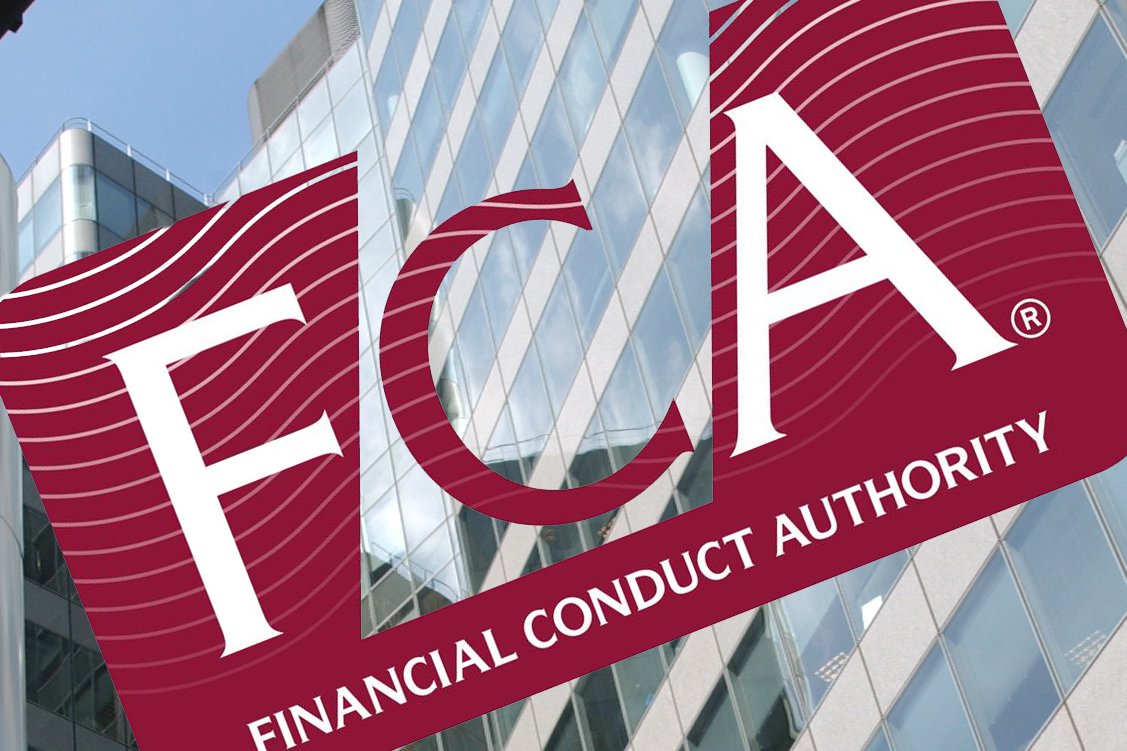By Adrien Pichoud, chief economist at SYZ Group
Among developed economies, the US continues to lead the global recovery. Indeed, such is the strength of its economic rebound, debate has shifted from lingering pandemic risks to concerns of overheating and excessive inflation.
The inflation bulls argue an old economist’s adage; that once out of the bag, an inflationary tiger is very hard to coax back in. While we believe the reflationary trade will remain supported in the near-term, the bigger picture points to a sustained period of low growth and low rates. In this ‘Japanification’ scenario, higher levels of inflation will be confined to short-term cycles.
How central banks and governments try to tame the potential inflationary beast (real or imaginary) and remove the Covid-induced stimulus drip will shape markets in the post-crisis era.
After all, as growing evidence of recovering economic activity mounts, it is logical that attention turns to discussing how huge central bank and government support, provided as a response to the pandemic, will be phased out. The difficulty lies in striking a delicate and effective balance. The markets will be watching.
Any premature or disorderly removal of support risks derailing a recovery that still largely depends on it. The risk of taper tantrums will be acute if markets feel central banks are too heavy handed in their approach. Investors should prepare for bouts of volatility, as the stimulus punch bowl is finally removed from the table.
The Fed’s balancing act
The most recent meeting of the US Federal Reserve highlights the challenge facing policymakers around the globe. They must adjust monetary and fiscal policy to meet the demands of an improving economic environment without undermining growth.
In the most recent minutes, Fed officials struck a patient tone in terms of tightening monetary policy. Members underlined accelerating progress of economic recovery, but conditions have not yet met the “substantial further progress” benchmark to start tightening policy.
The meeting also served to reiterate the Fed’s view that while inflation has been rising faster than they expect, they see the current trend as transitory – echoing our Japanification thesis.
By acknowledging the improving situation of the US economy, the Fed has advanced expectations of monetary policy normalization, in other words, the timing for tapering its injections of liquidity and hiking short-term interest rates. However, the intention remains to keep financing conditions highly supportive for an extended period, in order to fully heal the pandemic’s deep economic scars.
The transition from a ‘crisis policy’ to ‘recovery and normalization’ will generate uncertainty. And the timing and extent of the process will have profound short and long-term impacts on growth, inflation and capital markets.
Macro tailwinds support equities
The Fed will closely monitor financial conditions to avoid repeating the experience of December 2018, when high-yield companies lacked access to financing – which ultimately led to a policy U-turn at the beginning of January, 2019.
For now, the supportive mix of monetary and fiscal policy is firmly in place across developed economies. The reflation at play since the end of last year has passed its peak. While we cannot predict exactly when it will end, we are much nearer the end than the beginning.
The environment continues to favour some cyclical segments of the equity market for the time being, at both the sectorial and geographical level. Our allocation to equities, consistent with these themes since the beginning of the year, will gradually be rebalanced toward secular themes in line with structural macro trends.
We maintain an elevated exposure to equities in general, with a tactical tilt toward cyclical sectors and markets, in order to offer the best return prospects for the months ahead. Conversely, the fixed income allocation in general warrants some caution, especially on long-term bonds that are still prone to upward pressures on interest rates.
We are reaching the beginning of the end for extraordinary fiscal and monetary stimulus. This will have a disruptive impact on financial markets. The key question going forward is how central banks extricate themselves from the biggest financial experiment in history, without unduly spooking markets. In this transition, investors must avoid complacency at all costs.





